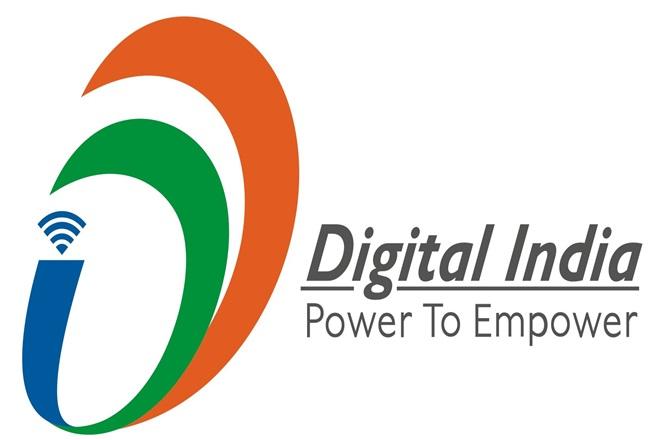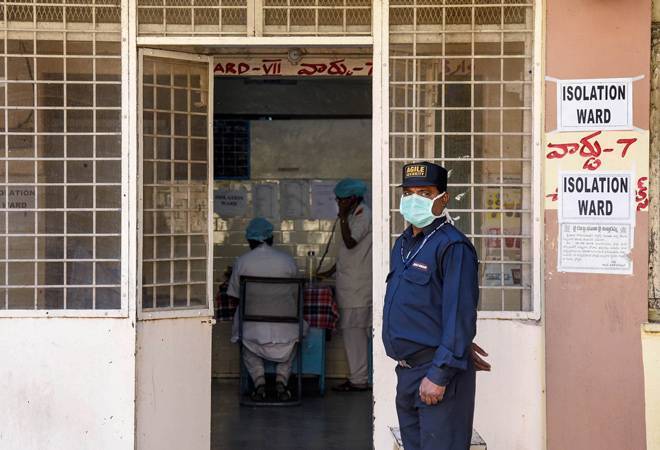How COVID-19 deepens the digital education divide in India
A total of 320 million learners in India have been adversely affected by the COVID-19 pandemic and have transitioned to e-learning;
With huge regional and household disparities in access to the internet and technology, this transition has not been possible for all students and educators;
The rapid shift to e-learning prompted by the pandemic has resurfaced long-standing issues of inequality and a digital divide in India that must be addressed by future economic, education and digitalization policies.
The education system in India is facing a new crisis thanks to COVID-19. Besides the effect on short-term learning outcomes, extended school closures will result in a loss in human capital and diminished economic opportunities in the long run.
Literature suggests that for countries with already low learning outcomes, high dropout rates, low resilience to shock and inadequate infrastructure to build back better the impact on education will be felt even more deeply.
What does this mean for India and its people?
India has the world’s second-largest school system, after China. Shutting schools to maintain social distancing amidst the COVID-19 crisis was the most logical solution to avoid community transmission. However, this prolonged closure has a disproportionately negative impact on the most vulnerable students. The pandemic has not only caused the wide rift in educational inequality to balloon but also exacerbated existing disparities.
A total of 320 million learners in India have been adversely affected and transitioned to the e-learning industry, which comprises a network of 1.5 million schools. An NSSO 2014 report highlights that 32 million children were already out of school before the pandemic — the majority of them belonging to the socially disadvantaged class in the country.
While the government endorses India as the flag-bearer of the digital revolution and acknowledges that it is a diverse and multilingual country, as supported by the recently drafted new education policy, e-learning platforms cannot replicate the various dialects, varied contexts and different lived experiences that are brought together by physical classrooms. If e-learning is the “new normal”, the policy must go further to address the feasibility of digitalization to ensure equity and quality in education.
The operational burden
E-learning, as the name suggests, relies on the availability and accessibility of technology, but little or no availability of electricity is a significant challenge to taking advantage of education online. In a recent 2017-18 survey, the Ministry of Rural Development found that only 47% of Indian households receive more than 12 hours of electricity and more than 36% of schools in India operate without electricity. This suggests that while students from families with better means of living can easily bridge the transition to remote learning, students from underprivileged backgrounds are likely to succumb to inefficiency and a lack of adaptation, either because of the inaccessibility of the technology or the low education of their parents to guide them through tech-savvy applications.
Aside from the stresses of access and affordability, a daunting task for a student is to keep up with their studies and peers. Unlike an active classroom setting, e-learning does not accommodate one-to-one discussions or problem solving with tutors. Reports emphasize that the receivers (students) are not the only ones struggling – teachers are too. Teachers and institutions are not always trained and equipped to transition to online teaching. Many teachers are unqualified when it comes to using new technologies and interfaces.
The digital divide and gender bias
NSSO 2014-2015 data suggests that economic factors are critical to children dropping out of school in India. The pandemic and lockdown have affected 1.4m migrant workers and others working in the unorganized sector (90% of India’s population is engaged in disorganized work). The migrant workers have either moved back home along with their children or are unable to send remittances home this season. In such a situation, the emphasis on technology-driven education is preventing many children in the country from continuing school education.
According to the Key Indicators of Household Social Consumption on Education in India report, based on the 2017-18 NSSO, fewer than 15% of rural Indian households have internet access (as opposed to 42% urban Indian households). A mere 13% of people surveyed (aged above five) in rural areas — just 8.5% of females — could use the internet. Girls in vulnerable households face increased domestic duties inducing their inability to access online education either because of inadequate access to the internet and gadgets or because the male child and his teaching are prioritized. This silent exclusion of children belonging to families in distress may cause child labour and child marriage.
Economic reform policies have always leaned towards hyper-digitalization. For a long time, they have discussed how to innovate working and studying with at-home technologies. However, the implementation of these policies has not addressed the educational inequalities that have today emerged as a crisis in the caste and class struggle in India.
The scope of e-learning is enormous and can help realize the potential of each student. There lie both opportunities and challenges for the government and the private sector. The aim should be to ensure equal and adequate access to such platforms as the country continues to globalize and catch up with advanced economies. If the Indian education system aims to transit to online learning in the future, it must emphasize policies that bridge the digital divide and move the country closer to achieving the Sustainable Development Goals.

We are living in an era of uncertainty where the contours of economy,social fabrics are changing everyday. i pen down my thoughts on the most pressing issues of the world.


















